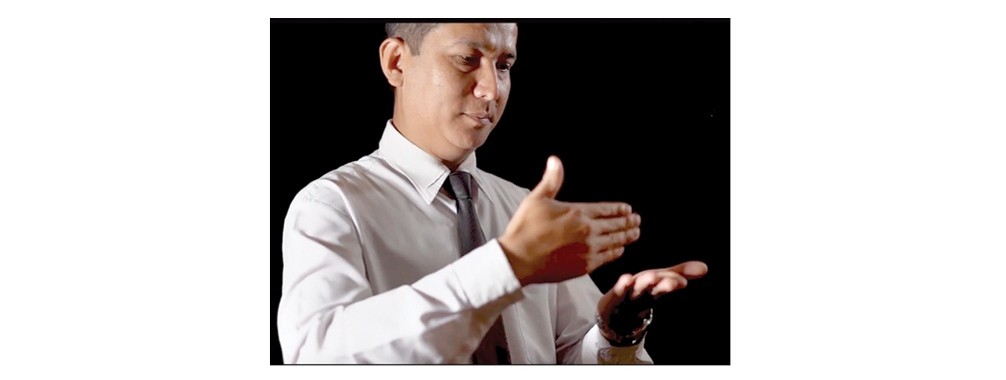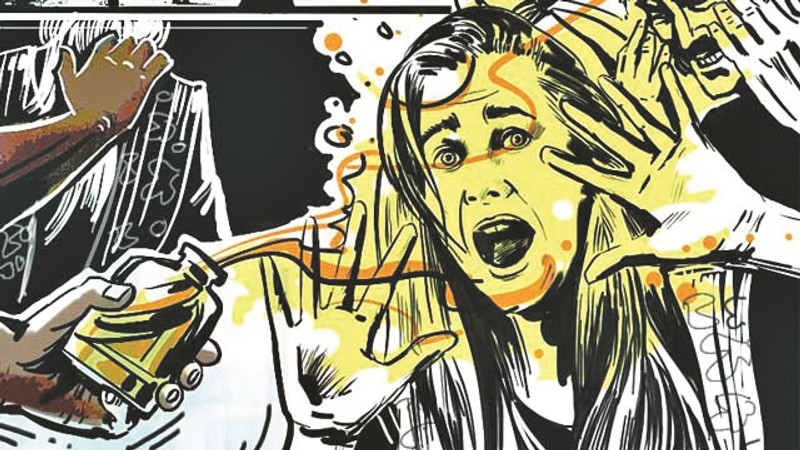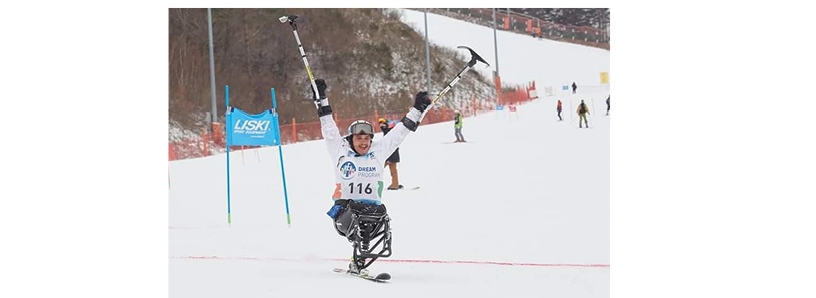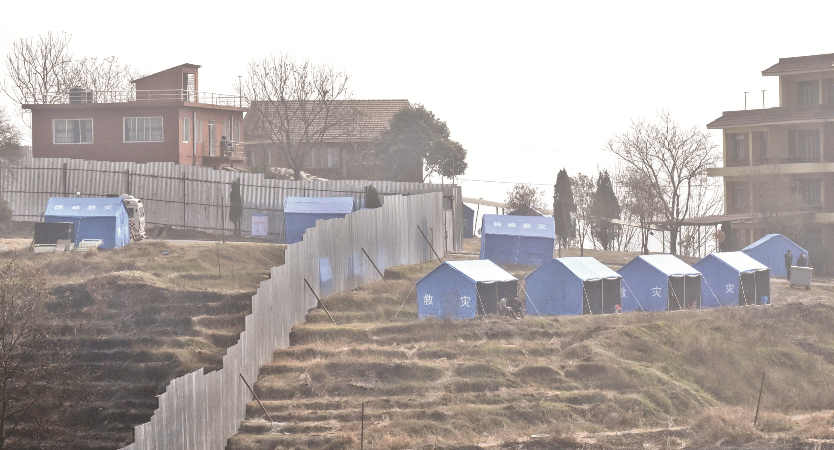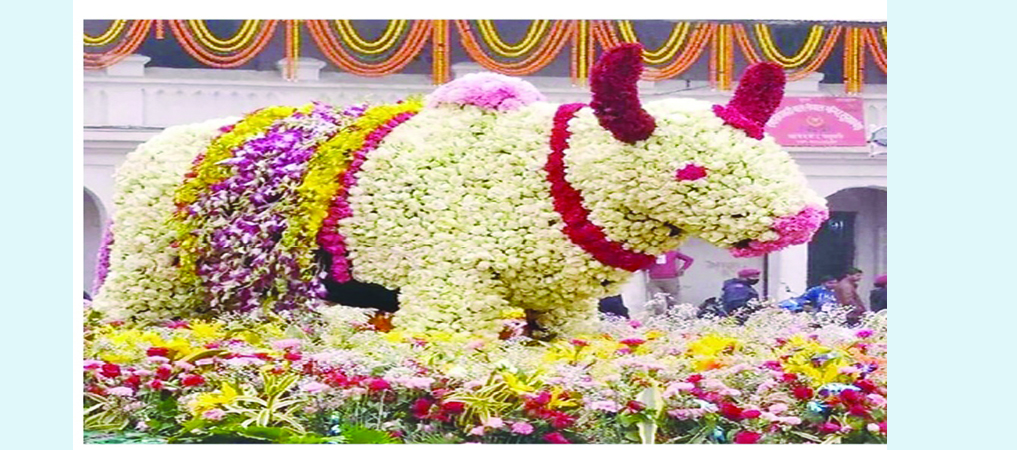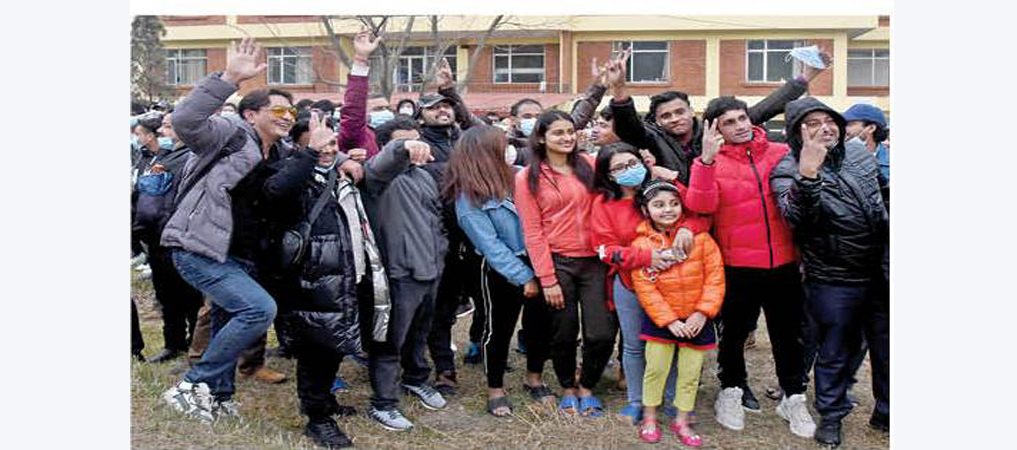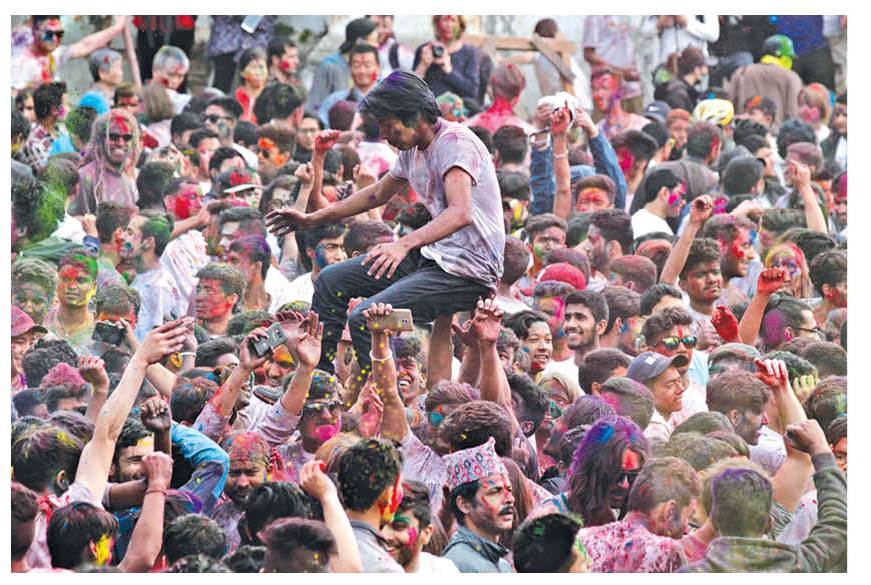Reopen Schools

Sampada A. Khatiwada
With all the offices and service delivery points being opened after the government decided to ease the lockdown, people’s life is finally moving back to normalcy.
All sectors, including government offices, private offices, construction sectors, and developmental projects among others, are reopening and business and the schools and colleges are also considering to resume their operation.
As the education sector was hit hard by the protracted lockdown, those in the education business have been drawing the government's attention towards providing relief to them or at least reopen the schools so that they can continue their operation.
Schools, being one of the high risk areas for COVID-19 transfer, require a lot of safety protocols to be followed while resuming education. On the other hand, a lot of schools have been used by the local governments as isolation and quarantine centres. So, it is not possible for reopening schools in such areas as the coronavirus cases are still detected.
While the parents, guardians and students themselves are worried about the safety of students as the fear of virus contamination is still intact, especially in the Kathmandu Valley.
The United Nations Education, Scientific and Cultural Organisation (UNESCO), in collaboration with United Nations International Children’s Fund (UNICEF), World Food Programme and the World Bank, had introduced a framework for reopening schools in April, with a motive to support the national process of decision making. The framework also aims to facilitate guidance to help nations decide on when and how to reopen the educational centres.
The framework incorporates suggestive measures for the governments to consider prior to reopening, during and after resuming schools. Nepal government is yet to come up with a guideline for education institutions to follow before they resume their operation.
If we take an example of China, schools across the country were shut due to lockdown. After the country stopped recording new cases of virus infection from mid-March, the country started easing the lockdown.
Schools in China reopened in May, by adopting all the required safety measures. Face shields or masks were made compulsory for all teachers and students, body temperature of students was compulsorily and the school timings were also altered to avoid crowding.
Like China, many other countries such as Taiwan, Australia, Denmark, France, Sri Lanka, Norway and Bhutan, among others have also resumed their education institutions, in line with all the safety protocols prescribed by the World Health Organisation (WHO) and those practiced in their nations.
In the context of Nepal, the nature and types of schools vary on the basis of geographical, ecological and developmental differences. Due to unequal development, the standards of educational institutions are not uniform.
Schools, except those centred in urban areas, aren’t well facilitated and well-managed. Keeping the country’s unequal development in mind, the government must come up with apt guidelines which would make all schools and other educational institutions equally ensure safety of students despite the differences in standards so that the education sector can also resume its business and recover the loss caused by the pandemic.
Recent News

Do not make expressions casting dout on election: EC
14 Apr, 2022
CM Bhatta says may New Year 2079 BS inspire positive thinking
14 Apr, 2022
Three new cases, 44 recoveries in 24 hours
14 Apr, 2022
689 climbers of 84 teams so far acquire permits for climbing various peaks this spring season
14 Apr, 2022
How the rising cost of living crisis is impacting Nepal
14 Apr, 2022
US military confirms an interstellar meteor collided with Earth
14 Apr, 2022
Valneva Covid vaccine approved for use in UK
14 Apr, 2022
Chair Prachanda highlights need of unity among Maoist, Communist forces
14 Apr, 2022
Ranbir Kapoor and Alia Bhatt: Bollywood toasts star couple on wedding
14 Apr, 2022
President Bhandari confers decorations (Photo Feature)
14 Apr, 2022




